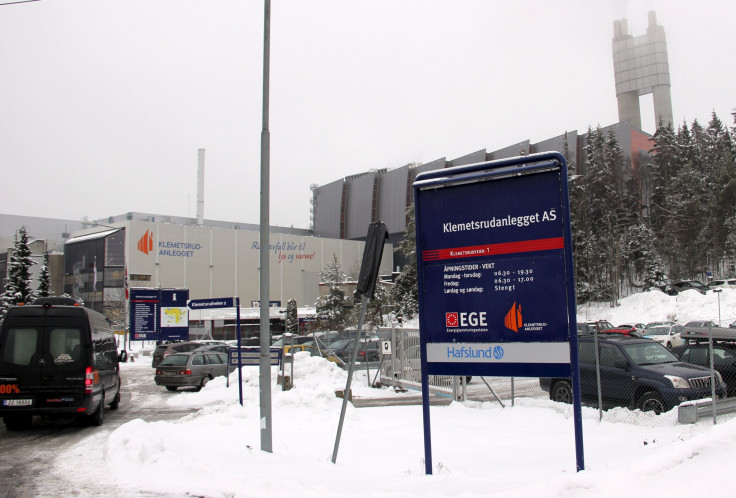Carbon dioxide emissions: Scientists turn CO2 into stone; Method may help in finding a global warming solution

Scientists from Southampton University, UK, have found the most unique way to constrain carbon dioxide emissions, and that is to turn them into stone. The researchers found this smart way to cut emissions in the midst of global warming while working in Iceland. They pumped CO2 and water underground into volcanic rock, where reactions with minerals in the deep basalts converted the CO2 to a stable, immobile chalky liquid.
The scientists were highly surprised to find the rate at which the process occurred. According to the study, out of 220 tonnes of carbon dioxide injected, 95 percent converted to limestone in less than a year. The researchers were taken aback by the rapid speed at which the carbon dioxide turned into stone.
“Of our 220 tonnes of injected CO2, 95% was converted to limestone in less than two years. It was a huge surprise to all the scientists involved in the project, and we thought, ‘Wow! This is really fast,’” lead author Juerg Matter said on BBC's Science In Action program.
Global warming is being caused by ever-increasing carbon dioxide levels in Earth’s atmosphere. Hence, the researchers were keen to investigate “carbon capture and storage” solutions. Previously, experts had injected CO2 deep, salty aquifers or sandstone. The sites that were chosen included disused oil and gas wells.
They had layers of impervious capping rocks to hold down the carbon dioxide. However, risks were always there for the carbon dioxide to leak back into the atmosphere. Therefore, the Carbfix project on Iceland aimed at solidifying unwanted carbon in place.
It found the Hellisheidi geothermal power plant outside Reykjavik a suitable place for mixing waste CO2 with water and sending it hundreds of metres down into volcanic basalts making up much of the North Atlantic island.
The water’s low pH level dissolved the magnesium and calcium ions in the basalts. This in turn reacted with the carbon dioxide to form magnesium and calcium carbonates. In order to check if any of the carbon dioxide was leaking, the scientists tagged the CO2 with a radioactive form of the element, carbon-14. There was no leak detected.
“You can find basalts on every continent and, certainly, you can find them offshore because all the oceanic crust -- so below the seafloor -- is all basaltic rocks. In terms of the availability of basaltic rocks to take care of CO2 emissions globally -- no problem,” Matter told BBC News.





















